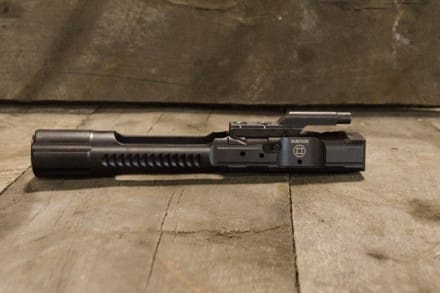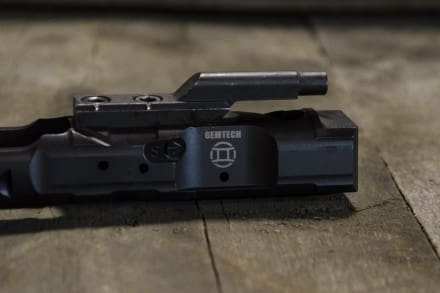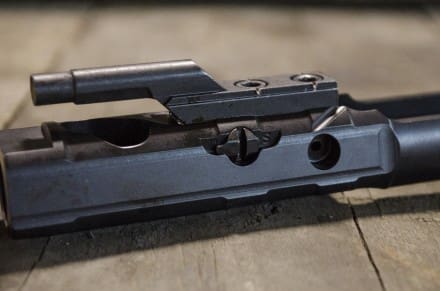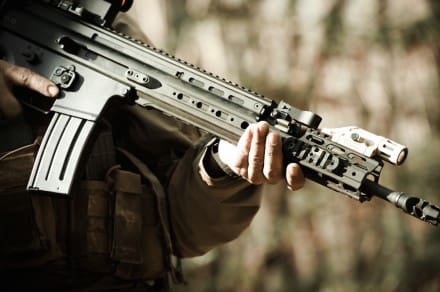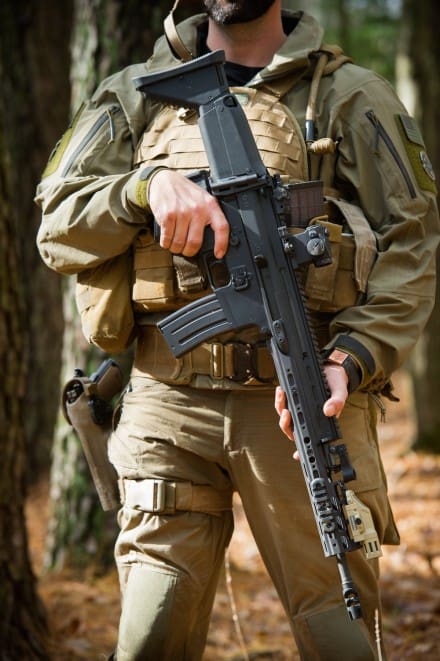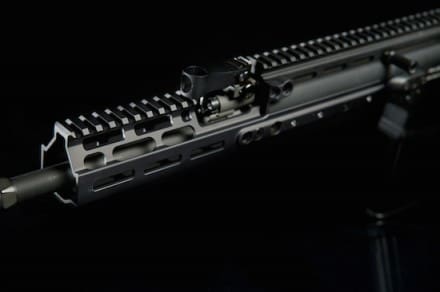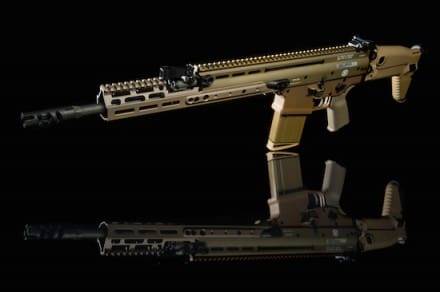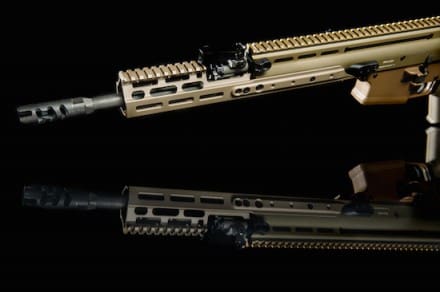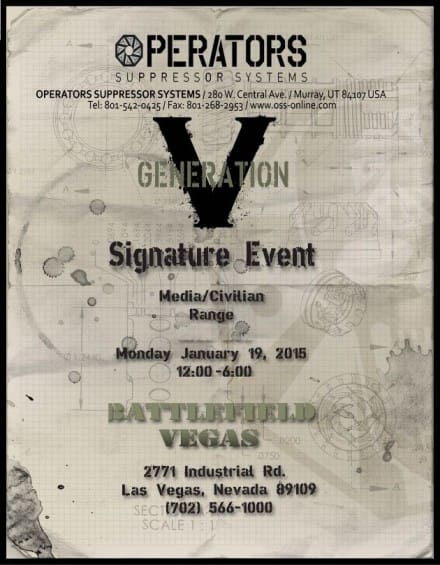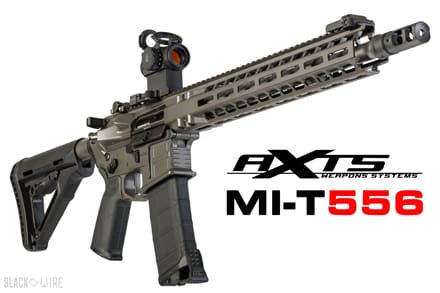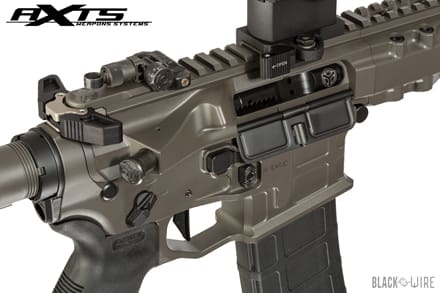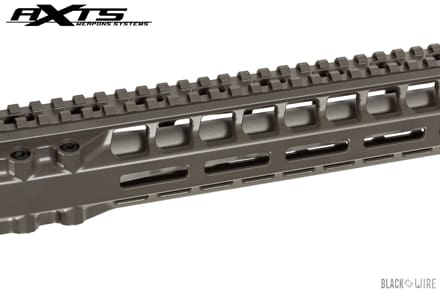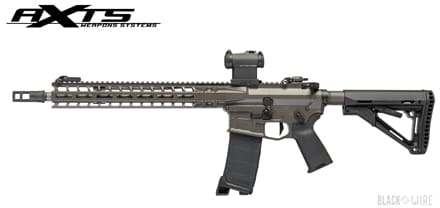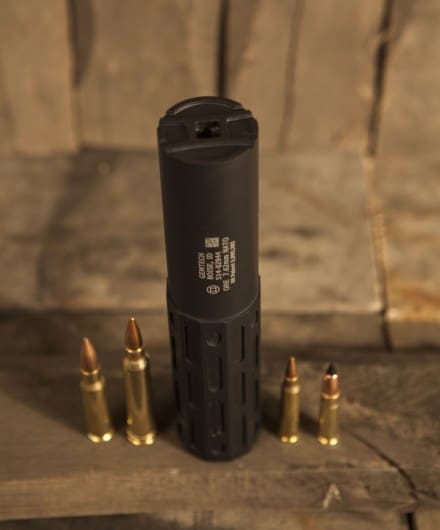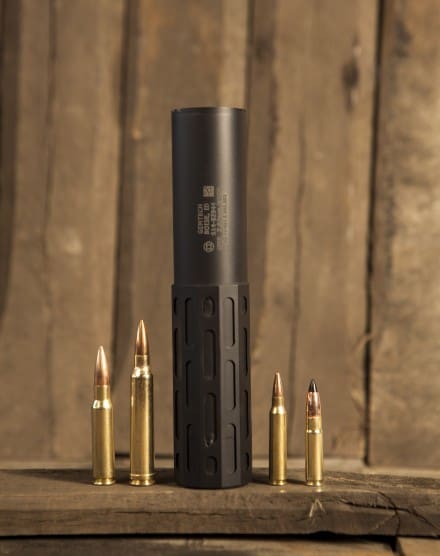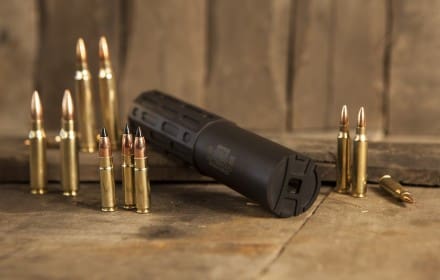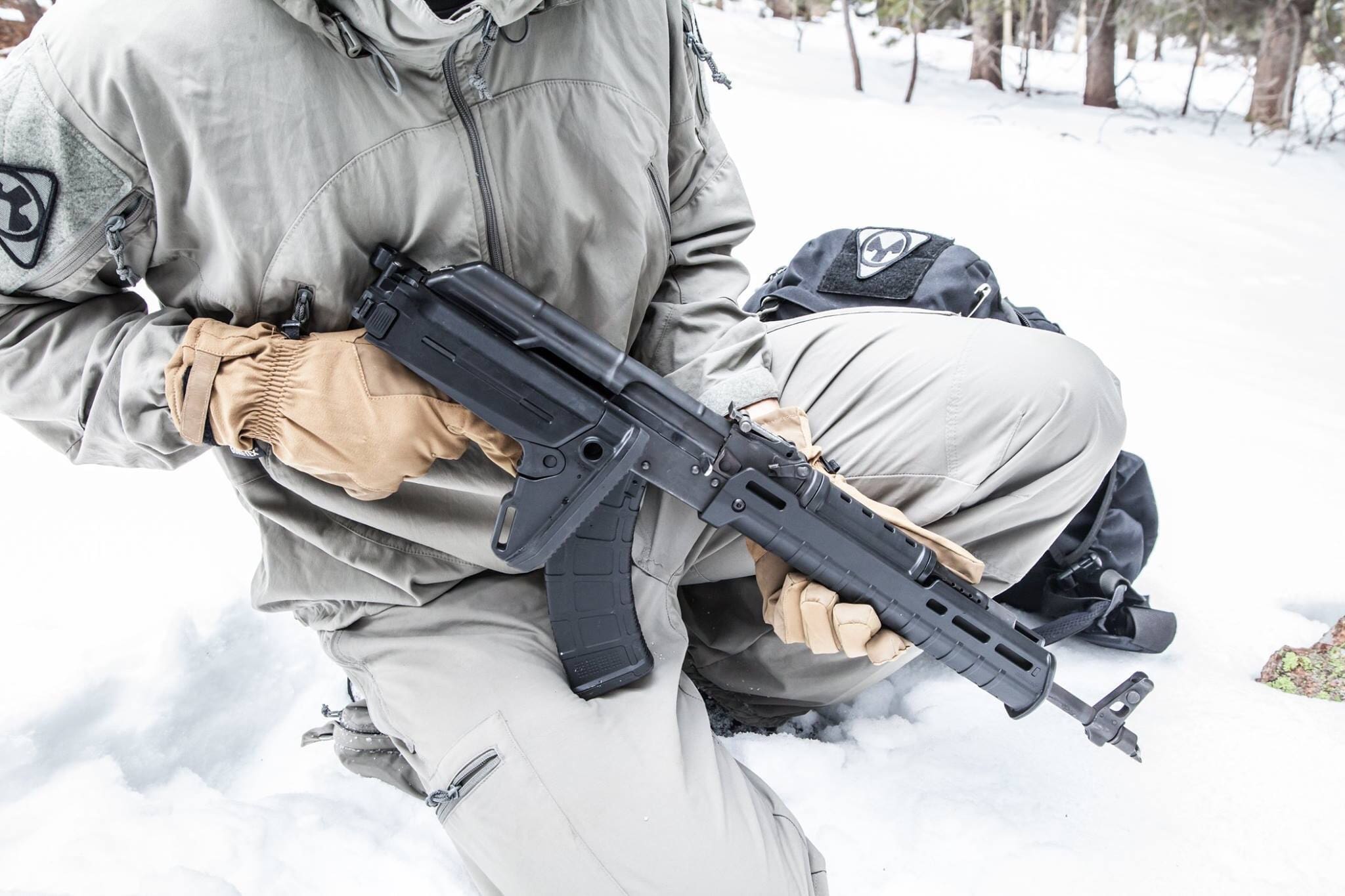GEMTECH has announced the SBC, a bolt carrier developed specially for suppressed weapons, which can easily be set between suppressed and unsuppressed settings. The full release can be read below:
GEMTECH Proud to Announce the SBC: Suppressed Bolt Carrier
Boise, ID—16 JAN 14
GEMTECH is proud to announce a revolutionary, patent-pending bolt carrier built for your suppressed rifle. Choose between a suppressed and unsuppressed setting. Enjoy increased reliability. Do it without altering gas block, buffer or any other components. Normally shooters use gas-buster charging handles, heavier buffers and an adjustable gas block to fight an overpressured system. Normally a suppressed rifle delivers a facefull of blowback.
Things are no longer normal.
Built of S7 Steel for lighter weight and faster heat dissipation, and for erosion resistance, GEMTECH’s patented SBC is an adjustable, drop-in fit for your AR platform rifle. It changes the lock time for your bolt. It can quickly and easily be switched between suppressed and unsuppressed setting. An even greater advantage provided by the SBC is increased reliability, reduction of carrier speed and lower felt recoil. In fact, on full auto the SBC reduces cyclic route down to the same level as if the weapon was unsuppressed. Some tests have produced cyclic rates even lower, though individual weapons and experience will obviously vary.
The SBC:
· Available in 5.56mm and 7.62mm
· Reduces carrier speed to nonsuppressed levels
· Reduces felt recoil
· Get less crap blown back in your face
· Increases reliability and weapon life
· Reduces cyclic rate on fully automatic
Online: www.gem-tech.com/GSBC
Learn more at Gem-Tech online at www.Gem-Tech.com.
Find us at the 2015 SHOT Show, Booth #20521


